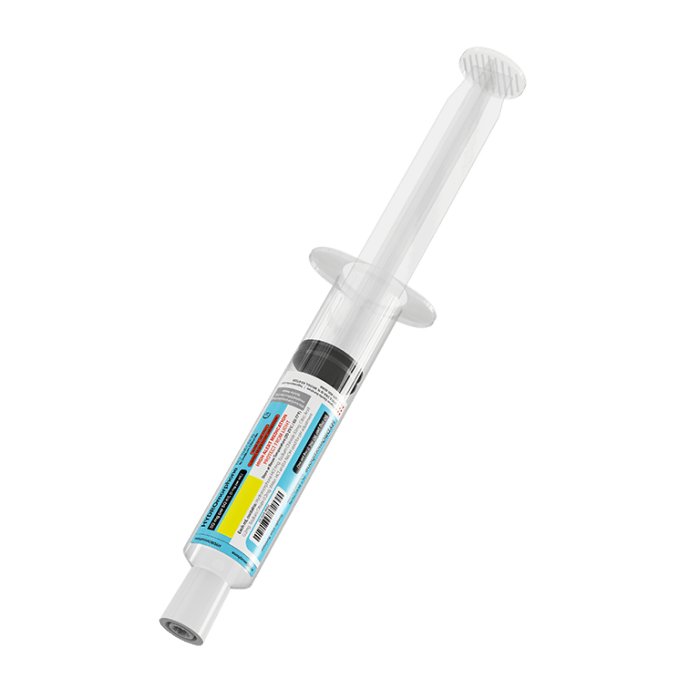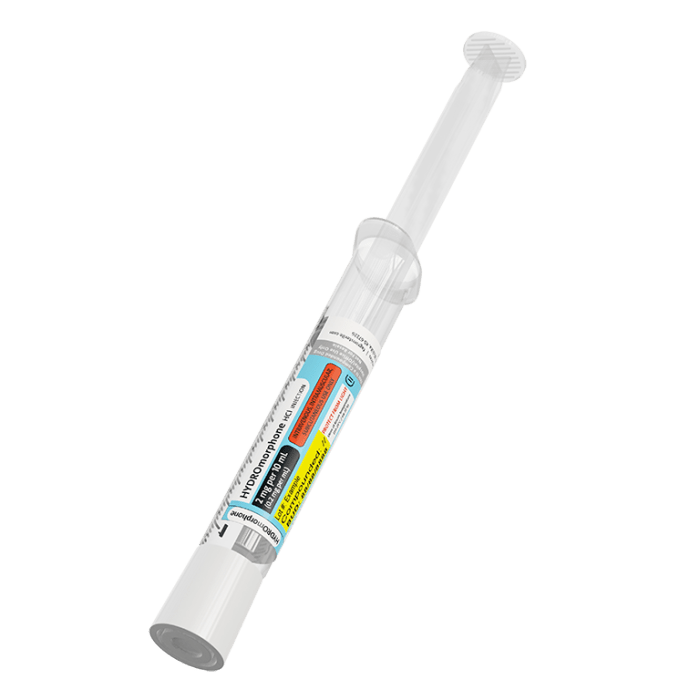Hydromorphone HCL, a potent opioid analgesic, holds a significant place in medicine. Its ability to manage severe pain has made it a valuable tool for healthcare professionals, but its use also comes with a responsibility to understand its complexities. Hydromorphone HCL’s journey began in the early 20th century, with its chemical structure and properties revealing a powerful pain-relieving potential. This journey has led to its availability in various forms, including tablets, capsules, and injectable solutions, each tailored to specific medical needs.
From managing chronic pain conditions to providing palliative care, hydromorphone HCL has a diverse range of applications. Its effectiveness in relieving pain is undeniable, but it’s crucial to recognize the potential for dependence and addiction. Navigating the use of hydromorphone HCL requires a thorough understanding of its pharmacokinetics, pharmacodynamics, and potential side effects. Understanding these aspects allows for safe and effective use while minimizing risks.
Hydromorphone HCL

Hydromorphone HCL, also known as Dilaudid, is a potent opioid analgesic that is used to relieve moderate to severe pain. It is a semi-synthetic opioid derived from morphine and is available in various forms, including tablets, capsules, and injection. This article will delve into the chemical structure, properties, forms, history, and uses of hydromorphone HCL.
Chemical Structure and Properties, Hydromorphone hcl
Hydromorphone HCL is a white, crystalline powder that is soluble in water. Its chemical formula is C17H19NO4·HCl, and it has a molecular weight of 353.8 g/mol. The molecule consists of a morphine-like structure with a hydroxyl group at the 6-position and a ketone group at the 7-position. This structural modification makes hydromorphone more potent than morphine.
Forms of Hydromorphone HCL
Hydromorphone HCL is available in various forms, each designed for different routes of administration. The most common forms include:
- Tablets: Available in various strengths, from 1 mg to 8 mg, tablets are typically taken orally.
- Capsules: Similar to tablets, capsules are available in different strengths and are taken orally.
- Injection: Hydromorphone HCL can be administered intravenously, intramuscularly, or subcutaneously. The injectable form is typically used for severe pain or when oral administration is not possible.
History of Hydromorphone HCL
Hydromorphone HCL was first synthesized in 1925 by a group of scientists at the University of Michigan. It was initially marketed under the brand name Dilaudid and was quickly recognized for its potent analgesic properties. Hydromorphone HCL has been used in medicine for over 90 years and remains a valuable tool for managing severe pain.
Medical Uses of Hydromorphone HCL

Hydromorphone HCL, a potent opioid analgesic, is primarily prescribed for the management of moderate to severe pain. Its effectiveness in alleviating pain makes it a valuable tool for various medical settings, including hospitals, clinics, and home healthcare.
Conditions Treated with Hydromorphone HCL
Hydromorphone HCL is prescribed for a range of conditions characterized by moderate to severe pain. It is commonly used to manage pain associated with:
- Cancer
- Post-surgical pain
- Chronic pain conditions such as osteoarthritis and rheumatoid arthritis
- End-of-life care (palliative care)
Hydromorphone HCL Use in Different Medical Settings
The use of hydromorphone HCL varies depending on the medical setting:
- Hospitals: Hydromorphone HCL is frequently administered intravenously (IV) in hospitals, especially for managing acute pain after surgery or during emergency situations. It can also be given orally or through a patient-controlled analgesia (PCA) pump, allowing patients to self-administer doses as needed.
- Clinics: In clinics, hydromorphone HCL is typically prescribed orally for managing chronic pain conditions. Doctors may adjust the dosage based on the patient’s individual needs and response to treatment.
- Home Healthcare: Hydromorphone HCL is often used for managing pain at home, especially for patients with chronic conditions or those receiving palliative care. Home healthcare providers can administer the medication orally, transdermally (through a patch), or through a subcutaneous injection.
Pharmacokinetics and Pharmacodynamics

Hydromorphone hydrochloride, like other opioids, exhibits a complex interplay between its pharmacokinetic properties (how the body handles the drug) and pharmacodynamic effects (how the drug impacts the body). Understanding these aspects is crucial for safe and effective therapeutic use.
Absorption, Distribution, Metabolism, and Excretion
The pharmacokinetic profile of hydromorphone hydrochloride encompasses its absorption, distribution, metabolism, and excretion.
- Absorption: Hydromorphone hydrochloride is readily absorbed following oral, intramuscular, subcutaneous, and intravenous administration. The bioavailability after oral administration is approximately 50%, indicating that about half of the ingested dose reaches systemic circulation.
- Distribution: Once absorbed, hydromorphone hydrochloride distributes widely throughout the body, particularly to tissues with high blood flow, such as the brain, liver, and kidneys. It readily crosses the blood-brain barrier, accounting for its central nervous system effects.
- Metabolism: Hydromorphone hydrochloride undergoes extensive metabolism in the liver, primarily by conjugation with glucuronic acid. This process converts the active drug into inactive metabolites.
- Excretion: The primary route of excretion for hydromorphone hydrochloride and its metabolites is through the urine. A small proportion is also excreted in feces.
Mechanism of Action on the Central Nervous System
Hydromorphone hydrochloride exerts its analgesic and other effects by activating opioid receptors in the central nervous system.
The primary mechanism of action of hydromorphone hydrochloride involves the activation of mu-opioid receptors (MORs).
- Mu-Opioid Receptors (MORs): These receptors are widely distributed throughout the central nervous system, including the spinal cord, brainstem, and limbic system. Activation of MORs by hydromorphone hydrochloride leads to a cascade of intracellular signaling events, ultimately resulting in pain relief, sedation, euphoria, and respiratory depression.
Specific Receptors Involved in the Effects of Hydromorphone HCL
The analgesic and other effects of hydromorphone hydrochloride are primarily mediated by the activation of mu-opioid receptors (MORs).
- Mu-Opioid Receptors (MORs): As mentioned earlier, MORs are the primary targets for hydromorphone hydrochloride. Activation of these receptors triggers a series of intracellular signaling events that ultimately lead to the drug’s therapeutic effects.
Dosage and Administration
Hydromorphone HCL dosage and administration are crucial aspects of its safe and effective use. The appropriate dosage and route of administration depend on various factors, including the patient’s age, weight, medical condition, and the severity of pain.
Dosage Considerations
Dosage adjustments are necessary to optimize pain relief while minimizing adverse effects. Here are some key factors that influence dosage decisions:
- Age: Older adults may be more sensitive to the effects of hydromorphone HCL and may require lower doses.
- Weight: Dosage is often adjusted based on body weight, with higher doses generally required for heavier individuals.
- Medical Condition: The presence of other medical conditions, such as kidney or liver disease, may necessitate dosage adjustments.
- Pain Severity: The intensity of pain is a primary factor in determining the appropriate dosage.
- Tolerance: Over time, individuals may develop tolerance to hydromorphone HCL, requiring higher doses to achieve the same level of pain relief.
Administration Routes
Hydromorphone HCL can be administered through various routes, each with its own advantages and disadvantages.
- Oral: This is the most common route of administration, typically in tablet or capsule form. Oral administration provides a gradual onset of action and a longer duration of effect compared to other routes.
- Intravenous (IV): IV administration provides the fastest onset of action and is often used in emergency situations or when rapid pain relief is needed.
- Subcutaneous (SC): SC administration involves injecting the medication under the skin. This route provides a slower onset of action than IV but a longer duration of effect than oral administration.
- Intramuscular (IM): IM administration involves injecting the medication into a muscle. This route provides a moderate onset of action and a moderate duration of effect.
Dosage Examples
The following examples illustrate typical dosages of hydromorphone HCL for various administration routes:
- Oral: 1.5-7.5 mg every 4-6 hours as needed for pain.
- IV: 0.5-1.5 mg every 4-6 hours as needed for pain.
- SC: 1-4 mg every 4-6 hours as needed for pain.
- IM: 1-4 mg every 4-6 hours as needed for pain.
Important Considerations
It’s essential to emphasize that these dosage examples are for informational purposes only and should not be considered medical advice. Dosage and administration of hydromorphone HCL should always be determined by a qualified healthcare professional.
Hydromorphone HCL, a powerful pain reliever, presents a complex landscape of medical benefits and potential risks. While it offers relief for those suffering from severe pain, its potential for dependence and addiction necessitates careful consideration. Understanding the drug’s properties, proper dosage, and potential side effects is crucial for safe and effective use. As research continues to explore hydromorphone HCL’s potential, we gain a deeper understanding of its role in pain management and the importance of responsible use.
Hydromorphone HCl is a powerful opioid painkiller often prescribed for severe pain. While it’s effective for pain management, it’s important to remember that addiction can be a serious concern. If you’re looking for ways to manage your weight, it’s crucial to consult with a healthcare professional. They can help you develop a safe and effective plan, which may include exploring options like best diet pills , but only after considering your individual needs and health history.
Remember, focusing on a healthy lifestyle and sustainable weight management strategies is always the best approach, and discussing any concerns with your doctor is essential.